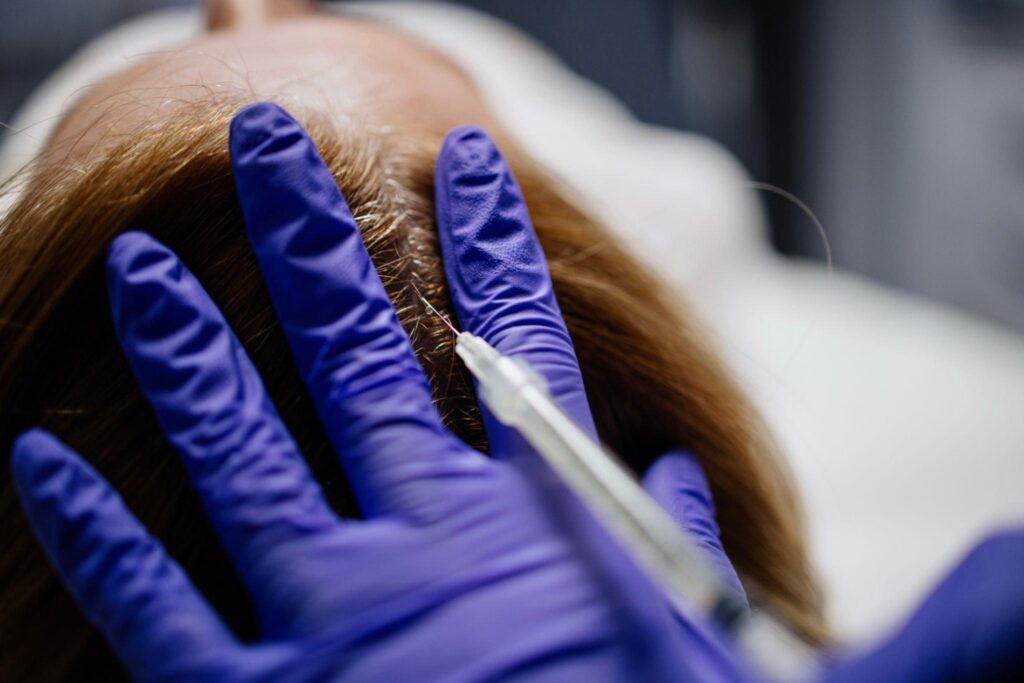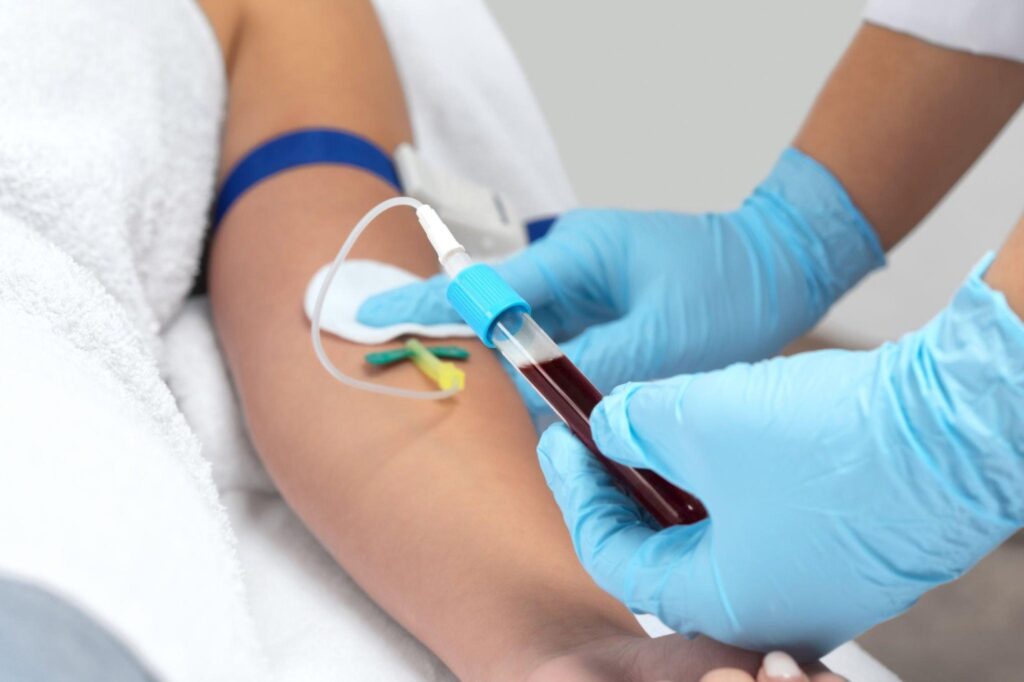Platelet-rich plasma (PRP) therapy has recently gained significant attention in the medical community. This innovative treatment involves utilizing the body’s own platelets to promote healing and tissue regeneration.
The history of PRP therapy extends back several decades, with intriguing developments that have shaped its current practice.
Conceptual Origins
In the 1970s, the concept and potential of using platelets to enhance healing were first recognized.
Researchers recognized that platelets contain a horde of growth factors and bioactive substances that play a crucial role in tissue repair. This discovery laid the foundation for the development of PRP therapy.

Advancements in Preparation Techniques
The initial method involved a simple centrifugation for separating platelet-rich plasma from whole blood. However, these yielded variable results due to inconsistencies in platelet concentration.
Over time, advancements in technology and technique have led to more precise and efficient PRP preparation methods.
The introduction of double spin protocols and specialized separation kits allowed for better control over platelet concentration, resulting in more consistent and reliable PRP formulations.
A small sample of the patient’s blood is collected into the tube, usually through venipuncture. After the blood is collected, the Plasmolifting PRP Röhrchen [Plasmolifiting tube] is placed in a centrifuge.
The PRP tube design enables the separation of the blood components, allowing for the isolation of PRP. Plamolifting World is a reliable manufacturer and supplier of high-quality Plasmolifting tubes.
Clinical Applications
· Orthopedics and Sports Medicine
The initial application of PRP therapy was in orthopedics and sports medicine. PRP injections are commonly used for the treatment of conditions such as –
- Osteoarthritis
- Tendon injuries (such as Tennis or Golfer’s elbow, Achilles tendonitis),
- Ligament and muscle strains.
PRP has effectively helped heal tissue, reduce inflammation, and alleviate pain in these conditions.
· Dermatology and Aesthetics
PRP therapy is utilized for various treatments, such as facial rejuvenation, acne scars, and hair loss.
When injected or topically applied, PRP can –
- Stimulate collagen production
- Enhance tissue regeneration
- Improve skin texture and tone
- Promote hair follicle growth
· Dentistry and Oral Surgery
PRP therapy is used in dental and oral surgical procedures to –
- Speed up tissue healing
- Reduce post-operative pain
- Decrease the risk of complications
It is used in dental implant placement, bone grafting, and periodontal surgeries.
· Ophthalmology
PRP therapy has shown promise in certain ophthalmic conditions like –
- Dry eye syndrome
- Corneal ulcers
- Ocular surface disorders
PRP eye drops or cryopreserved PRP is applied to promote corneal healing and recover ocular surface health.
· Veterinary Medicine
PRP therapy is also used in veterinary medicine to aid in healing various musculoskeletal injuries in animals, just like in human orthopedics.
It can benefit both small and large animals. It promotes tissue repair and reduces recovery time.

Other Areas of Research
PRP therapy is a dynamic area of research, with ongoing studies exploring its potential in areas such as –
- Cardiovascular disease
- Nerve injuries
- Urology
- Gynecology and more
While more research is needed in these areas, the regenerative properties of PRP hold promise for future therapeutic applications.
Conclusion
Platelet-rich plasma (PRP) therapy has come a long way from its conceptual origins to its current place in modern medicine.
Through advancements in preparation techniques and extensive clinical applications, PRP has proven effective in treating many conditions.
As research continues, the future of PRP therapy holds great potential for further advancement and exciting discoveries.
